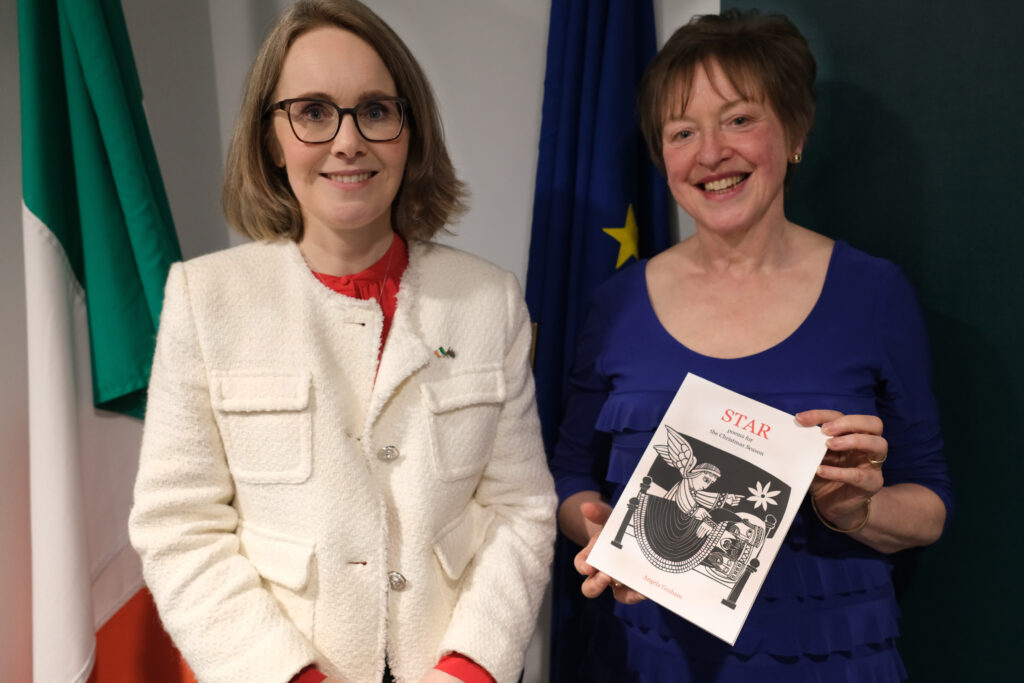Skylight 47 is a long-established literary journal based in Galway. I have a poem in issue 19. It’s one of a series about my grandfather, Thomas Graham.
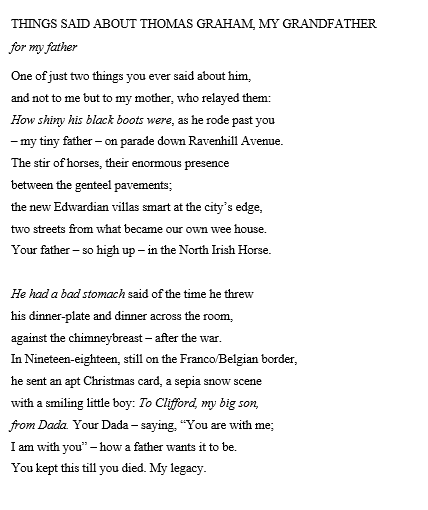
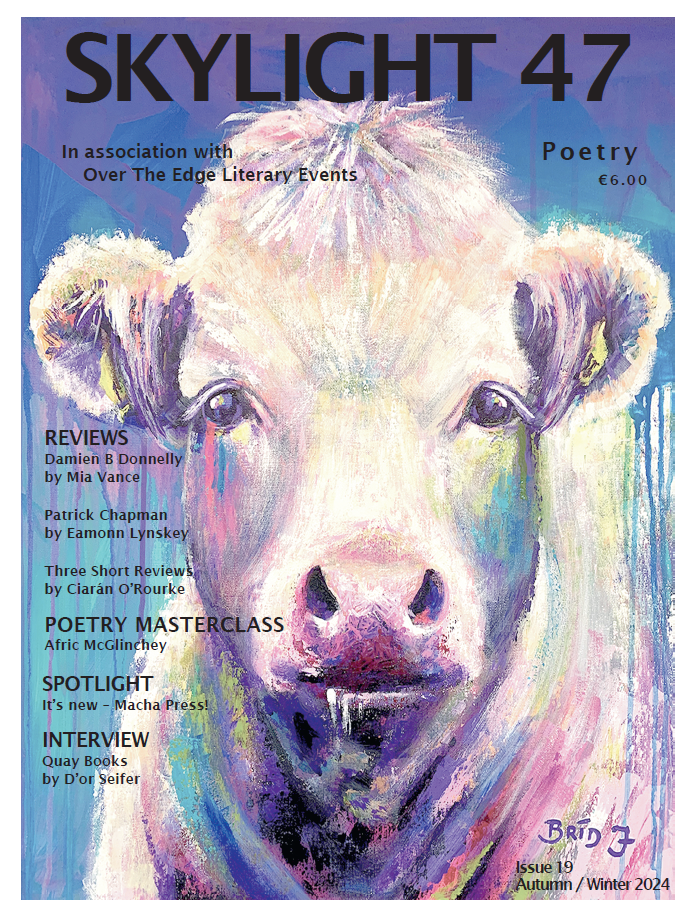
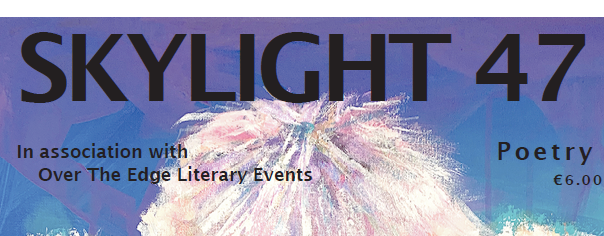
Skylight 47 is a long-established literary journal based in Galway. I have a poem in issue 19. It’s one of a series about my grandfather, Thomas Graham.


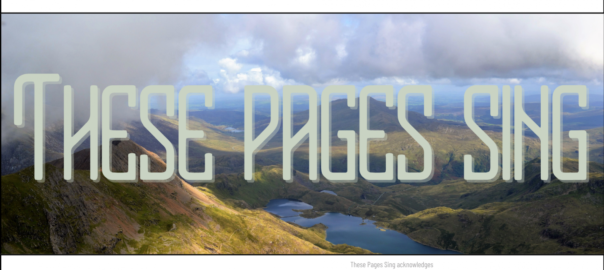
These Pages Sing describes itself as ‘a quarterly, English-language magazine made in Wales. We aim to highlight unsung Welsh voices to honour our diverse culture and rich history.’ I was very pleased to have a poem in the first edition.
‘Cardiff Docks, 1931’ is about my father’s years in the merchant navy when he worked out of Cardiff for more than a decade before the Second World War.
In 2024 St Fagans National Museum of History, just outside Cardiff, opened its reconstruction of The Vulcan, a pub which had been moved from central Cardiff to this site. Below is a video which gives a virtual tour of this pub which features in my poem.


The first tv programme I produced after leaving HTV Wales in 1989 was ‘Cyrchfan Cyfiawnder’ (Destination Justice), an hour-long drama doc for S4C. It was made by tv production co-operative, Teliesyn. I had just become a member. I had spent 8 years working for the ITV station in Wales but the shift to an independent company meant learning how to operate without the bureaucracy and the safety net of a national broadcaster.
Continue reading Cyrchfan Cyfiawnder – documentary screening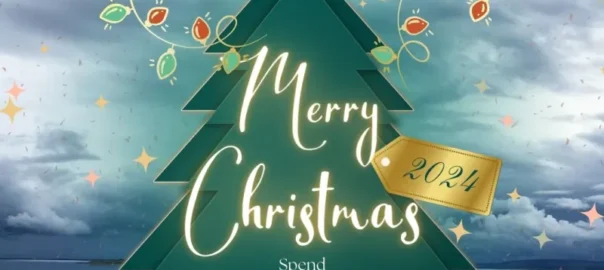
I was delighted to read some poems from ‘Star’ for Damien Donnelly’s Spotify podcast episode Christmas with Eat The Storms podcast. Damien is a sensitive host and creates a lovely positive ‘space’ around each poet. ideal Christmas listening.
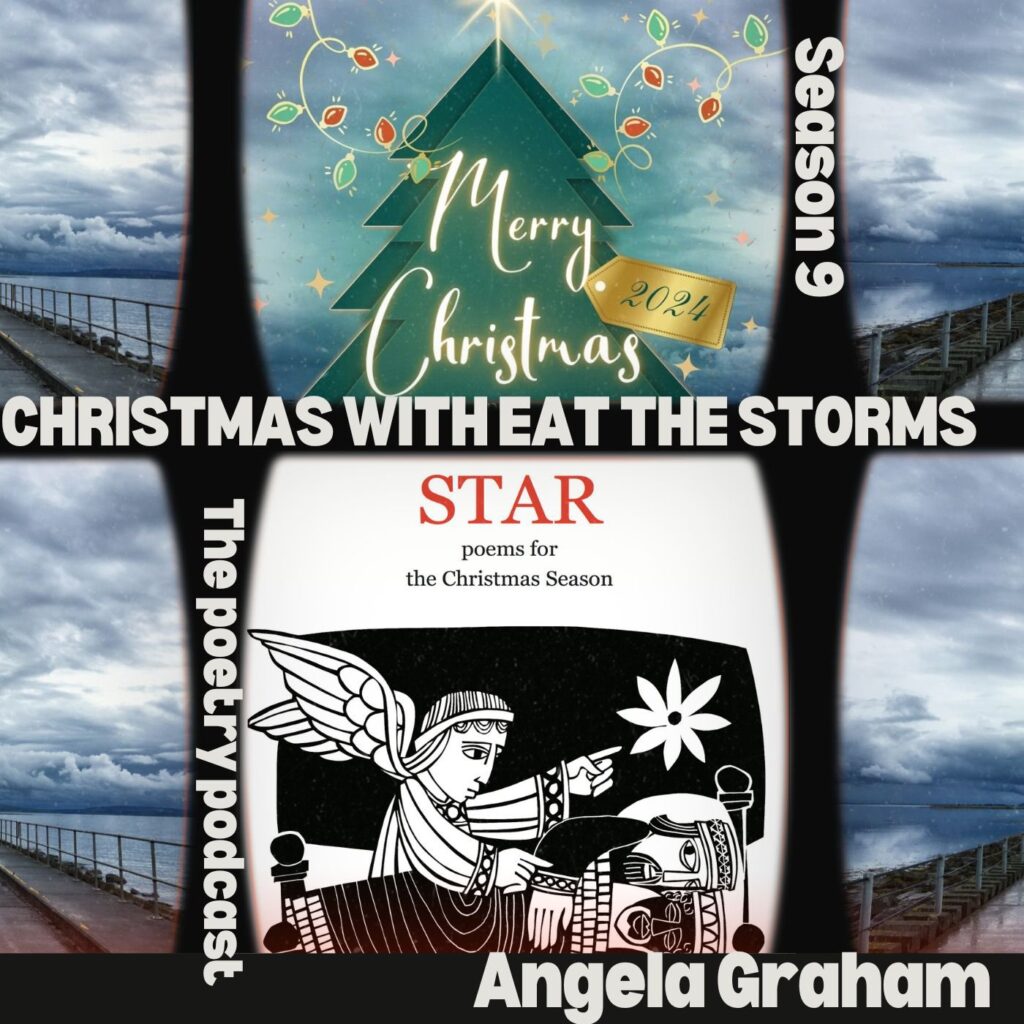
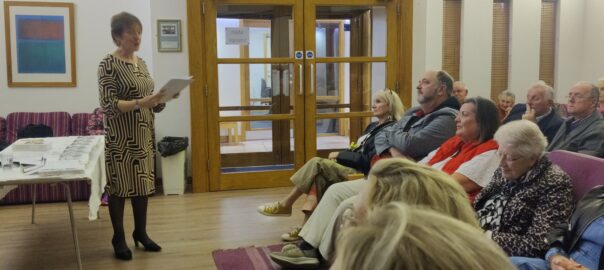
On 4th November ‘STAR’ was launched at Corrymeela, Ballycastle to a wonderfully receptive audience.

Corrymeela, Centre for Reconciliation, is very close to my home in Ballycastle and it was a privilege and a pleasure to hold the launch there. The Centre has done ground-breaking work for decades in bringing communities together and it has develoepd protocols for achieveing reconciliation through hard-earned experience of tackling difficullties in many settings.
It was particularly supportive to have members of Ballycastle Writers Group there and member, Ashley Todd kindly read my poem in Ulster-Scots from ‘Star’: ‘Chrissmas Eve’. She was terrific!
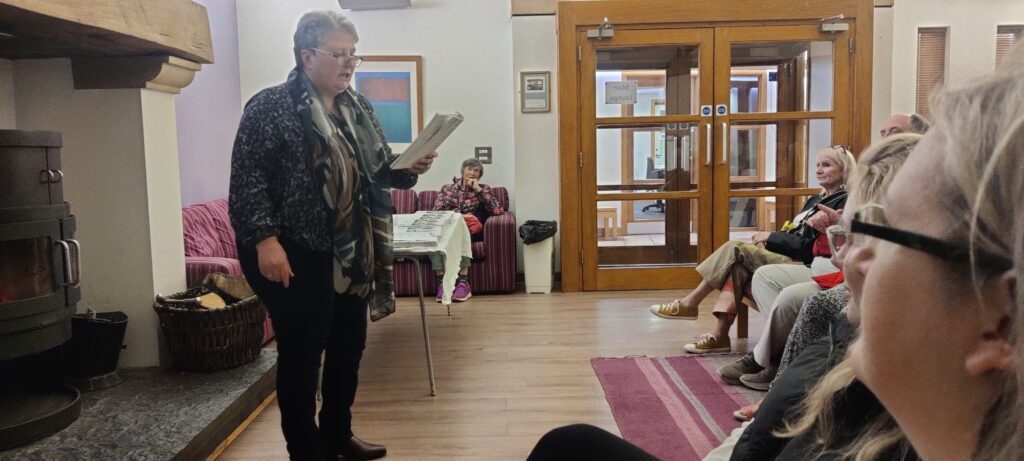

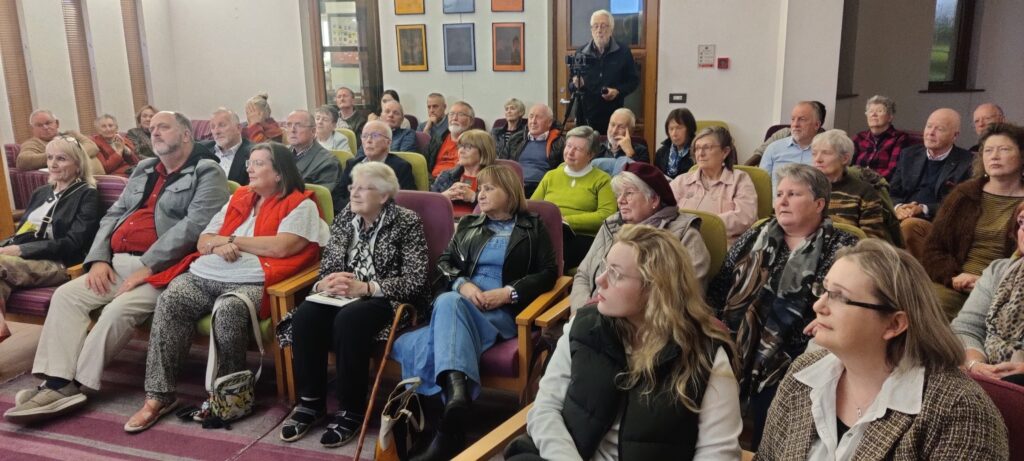
It was very special for me to read to friends from the locality and the staff and members of Corrymeela Community couldn’t have been more helpful.
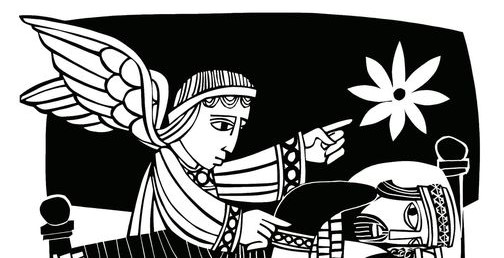
On 17th December 2024 The Irish Times carried an article by me about ‘STAR’ entitled, ‘Waking Up To Christmas‘
I focused on my admiration for the 12th-century scuptor, Gislebertus who not only designed and oversaw the construction of the cathedral of Autun in Burgundy but also carved some of the most beautiful works of art on its facade and in its interior.
I’d long felt that an image of Gislbertus’s carving ‘The Awakening of the Magi’ would be right for the cover of ‘STAR’. (The article contains a photo of the carving). I found a wonderful linocut by Martin Erspamer, which is his take, in that medium, of ‘The Awakening’; the moment before the three astronomer kings see the Christmas star for the very first time.
Continue reading The Irish Times: ‘Waking Up To Christmas’ 17 Dec ’24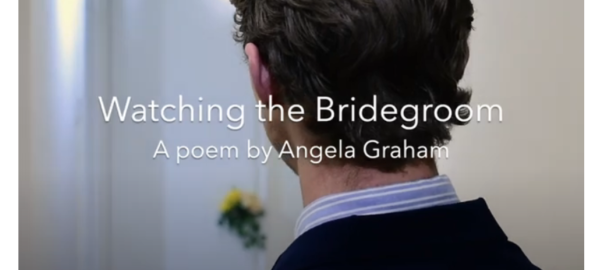
Finlay James performs my poem
And my article for The Honest Ulsterman on what I learned from watching an actor perform my work.
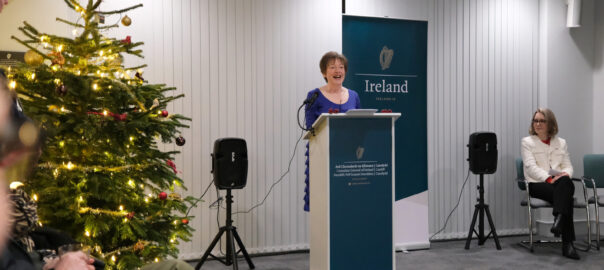
The Consulate General of Ireland in Wales kindly sponsored the Cardiff launch of ‘STAR: poems for the Christmas Season’.
Llyfrau Caban Books hosted with Phil Cope of Culture And Democracy Press.
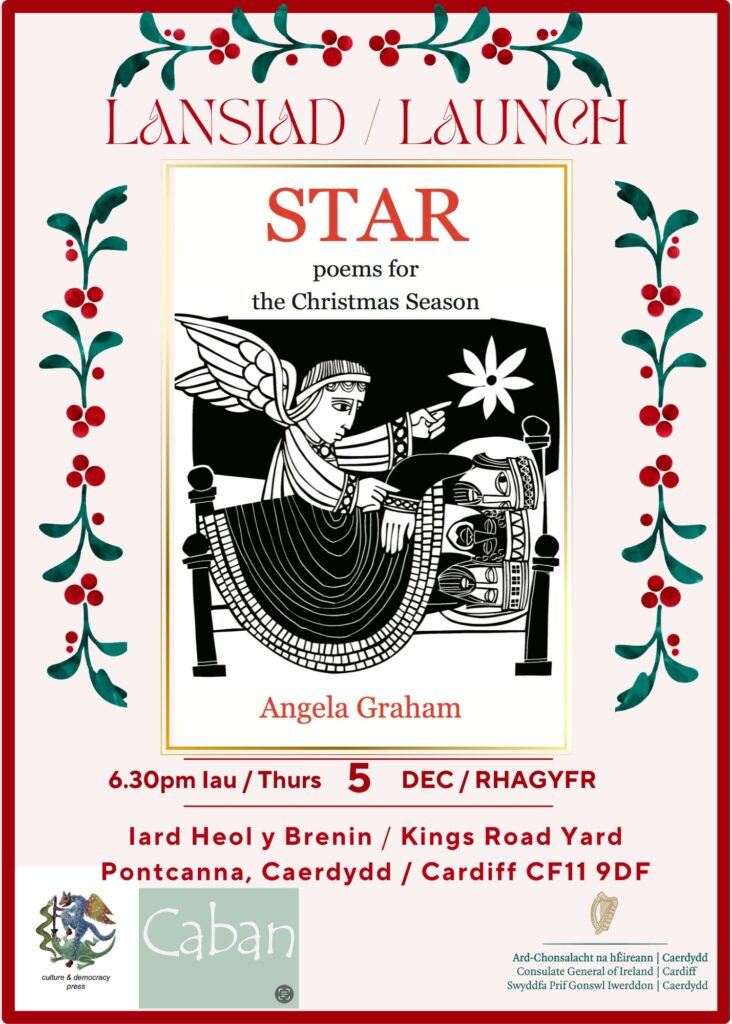
On 12th December I read from ‘STAR’ at the Consulate’s Christmas reception in Cardiff. Both Ireland and Wales are very present in ‘STAR’ and I was delighted to share some poems with this particular audience.

